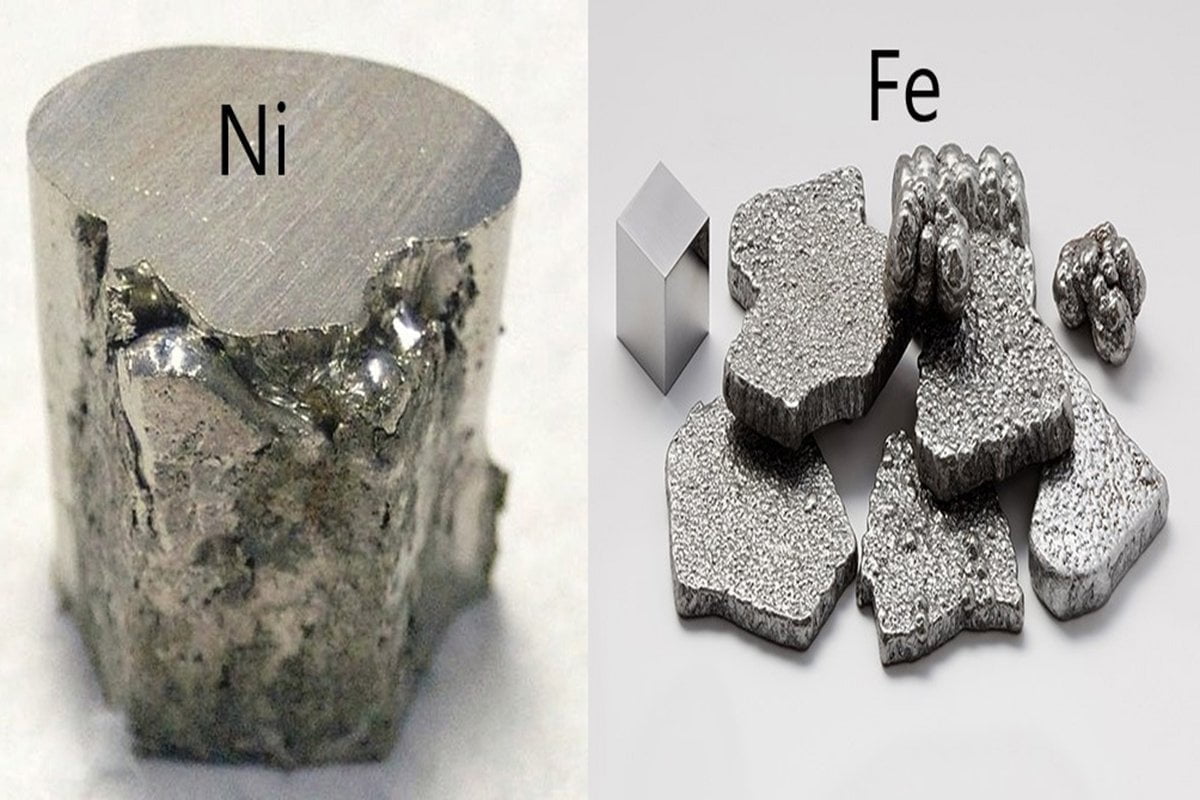Question:
A uniform electric field of strength $E$ acts parallel to the positive Y-axis. A uniform magnetic field of strength $B$ acts parallel to the positive Z-axis. A particle of charge $q$ with mass $m$ placed at the origin O is released from rest. If at a certain time, the velocity of the particle is given as ($\vec{v}=3\hat{i}+4\hat{j}$), find out the following:
- the Y coordinate of the particle at that instant
- the ratio $\frac{E}{B}$
If you prefer watching over reading, you can also watch the video lecture below.
This problem is a typical JEE Main as well NEET level Physics question. However, in this post, the second question is added to ensure that the reader understands the basics very well and is comfortable with not only the Physics tricks but also the Mathematics involved. The detailed analysis of the background has been covered in the previous post. In this post we shall illustrate how and why the principle of conservation of energy should be used to save time, instead of taking the lengthier approach that has been already discussed.
Diagram 1:

Refer to the original normalized plot.
We have already obtained the trajectory curve of the particle in the lecture. There, however, are a few things we should note very carefully.
- $x$ starts from $0$ and keeps increasing with $t$ without bound.
- $y$ starts from $0$, rises to $y_{max}$ and then falls back to $0$.
- $\vec{F_l}$ does no work. Only $\vec{F_c}$ does the work in moving the particle through $y$.
- At every point on $x$, there is only 1 corresponding $y$ but for any $y$ there are infinitely many values of $x$.
- The $x$ and $y$ components of the velocity $\vec{v}$, $v_x$ and $v_y$ are always $=0$ on the X-axis.
- $v_x$ is never negative but $v_y$ can be both positive and negative.
- For every $x$, there is only one $\vec{v}$.
- Except on the X-axis and at $y_{max}$, for every $y$ there are two values of $\vec{v}$ that are same in magnitude but different in direction. In both of them $v_x$ is the same but if in one $v_y$ is positive, in the other $v_y$ is negative.
- When $y=y_{max}$, $v_y=0$ and $|\vec{v}|=v_x$.
- $v_x=0\Rightarrow v_y=0$ but $v_y=0 \nRightarrow v_x=0$
Now, we can solve the $1^{st}$ part of the question by using the principle of conservation of energy.
At $y$, $\vec{v}=v_x\:\hat{i}+v_y\:\hat{j}=3\hat{i}+4\hat{j}$
Work done by $\vec{F_c}$ in moving the particle of charge $q$ through $y$ $=qEy$.
At $y$, the speed $v=\sqrt{3^2 + 4^2}=5$
Starting from $0$, the change in kinetic energy when the particle is at $y$,
$= \frac{1}{2}mv^2=\frac{1}{2}m(5^2)=\frac{25m}{2}$
Thus $qEy=\frac{25m}{2}$
$\Rightarrow \boxed{y=\frac{25m}{2qE}}$—(Ans 1)
To solve the $2^{nd}$ part of the question, we have to consider the $v_x$ and $v_y$ as functions of time as in $Eq^n\:(5)$ and $Eq^n\:(6)$ of the lecture post.
$v_x=\frac{E}{B}(1-cos\:\omega t)$ and $v_y=\frac{E}{B}sin\:\omega t$.
Let $\frac{E}{B}=\alpha$. Thus,
$v_x=\alpha\:(1-cos\:\omega t)$ $\:Eq^n\:(9)$
$v_y=\alpha\:sin\:\omega t$
$\Rightarrow {v_x}^2+{v_y}^2={\alpha}^2[(1-cos\:\omega t)^2+sin^2\:\omega t]$
$\Rightarrow v^2={\alpha}^2(1+cos^2\:\omega t+sin^2\:\omega t-2\:cos\:\omega t)$
$\Rightarrow v^2={\alpha}^2(2-2\:cos\:\omega t)$
$\Rightarrow v^2=2{\alpha}^2(1-cos\:\omega t)$ $\:Eq^n\:(10)$
Dividing each side of $\:Eq^n\:(10)$ with the same side of $\:Eq^n\:(9)$ gives,
$\frac{v^2}{v_x}=2\alpha$
$\Rightarrow \alpha=\frac{v^2}{2v_x}$
Plugging in the numerical values of $v^2$ and $v_x$ gives,
$\boxed{\frac{E}{B}=\frac{25}{6}}$—Ans(2)
If you prefer watching a lecture over reading, you can watch the video lecture below.
This concludes the tutorial. If you have any requests, suggestions, or complaints regarding this post, please mention in your comment below. For new questions, please use the General Physics Forum and I will respond there with the help you require.
Ads from Sponsors



